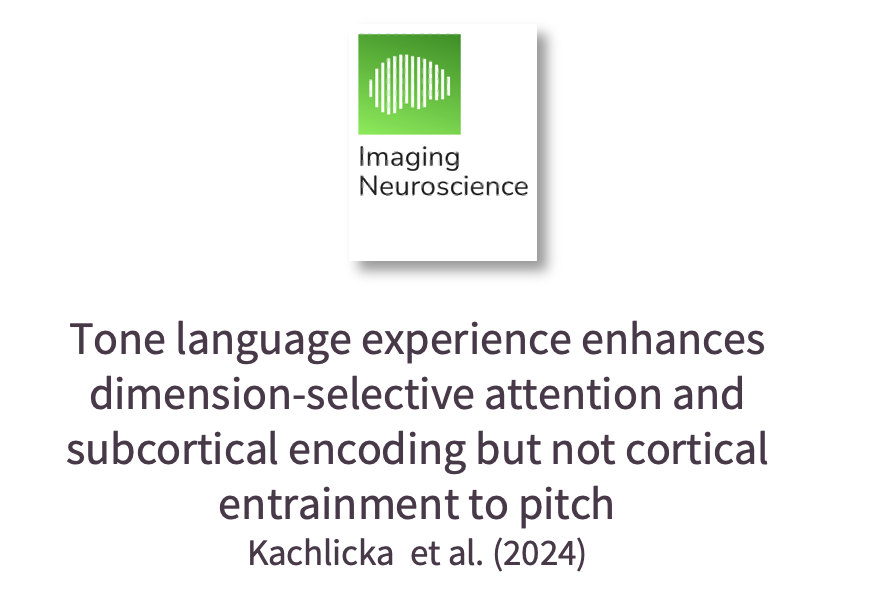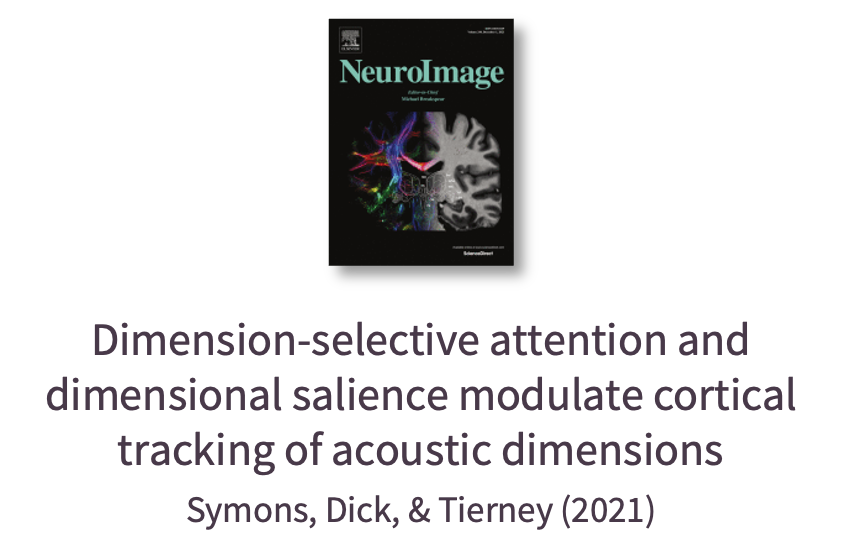Our Research
Discover more about our current research, participate in ongoing studies, and read our latest publications.
Discover more about our current research, participate in ongoing studies, and read our latest publications.
Keep up to date with the latest updates from the lab.
Learn more about current lab members.
Find links to experimentally validated tasks, source code, and open source datasets here.

Learning a new language is challenging, partly because each language has different ways of using acoustic cues. Here we found that people with lifelong experience of tonal languages - where pitch variations can change word meaning - pay extra attention to pitch - even when listening to non-tonal languages like English. These findings show how our first language shapes how we hear others.

Noisy environments can pose a challenge for speech perception. One reason for this is that listeners may struggle to pay attention to the acoustic cues important for distinguishing different speech sounds. In this study, we found that listeners make greater use of multiple cues when attentional resources are limited by the presence of a competing talker.

Musical training is associated with a number of perceptual and cognitive benefits, but can it influence the way we perceive speech? In this study, we show that musicians and non-musicians differ in the way they integrate, or combine acoustic information when categorizing speech.

Here we show that distracting sounds change our perception of time. In six studies, listeners tapped to the beat of a metronome while ignoring distracting background sounds. After the distracting sounds, tapping temporarily sped up relative to the beat. This suggests that distracting sounds expanded time perception, leading listeners to believe that more time passed than actually had.

There are a multitude of sounds in our environment. How do we tell one sound from another? Some theories suggest that we categorize sounds by directing attention to certain acoustic dimensions (like pitch or timing). Here we present a neural measure of attention to acoustic dimensions that can be used to test these theories of sound categorization.